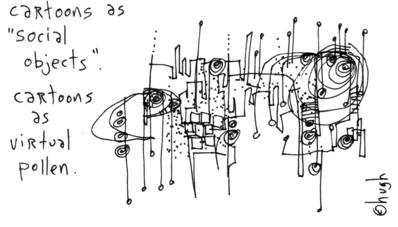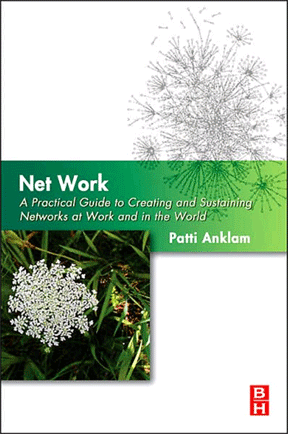Roles for Net Work
It’s always a rich pleasure to hear June Holley talk about network weaving. A few weeks ago, she talked about Network Weaving in the Leadership Learning Community’s ongoing seminar series.
In her talk, she outlined four key roles for network weavers and the primary activities for each.
| Connector |
|
| Network facilitator |
|
| Project Leader/Coordinator |
|
| Network Guardian |
|
It’s not a stretch to think about these as progressive roles. In a network, everyone can (and should) be a connector. What’s important is to articulate it and be conscious of it. As June also says, the “Number one job” of network weavers is to help more people become weavers. And we can all do that. Moving along the progression, each role requires more skill, more experience, more thoughtfulness. And investment on the part of the stakeholders and funders of an intentional network. Fortunately for the growing number of nonprofits beginning to invest in networks and in network weavers/facilitators/guardians, June’s Network Weaver Handbook is close to completion and available for pre-ordering. I was privileged to get a peek at earlier versions, and it’s an amazing set of resources for planning and running network weaving events, working with people to help them understand their current and needed skills, and so on.
Slides and a list of resources from this talk are available on the LLC’s Network Weaving Page. This includes the “Network Weavers Role Checklist,” so you can test yourself against the roles listed above.
(The next webinar, October 10, features another of my favorite network facilitators, Nancy White: Communities, Networks and Engagement: Finding a Place for Action. Nancy will talk about building online spaces for networks, a topic that is also a current passion of mine. Look for another blog post soon.)



